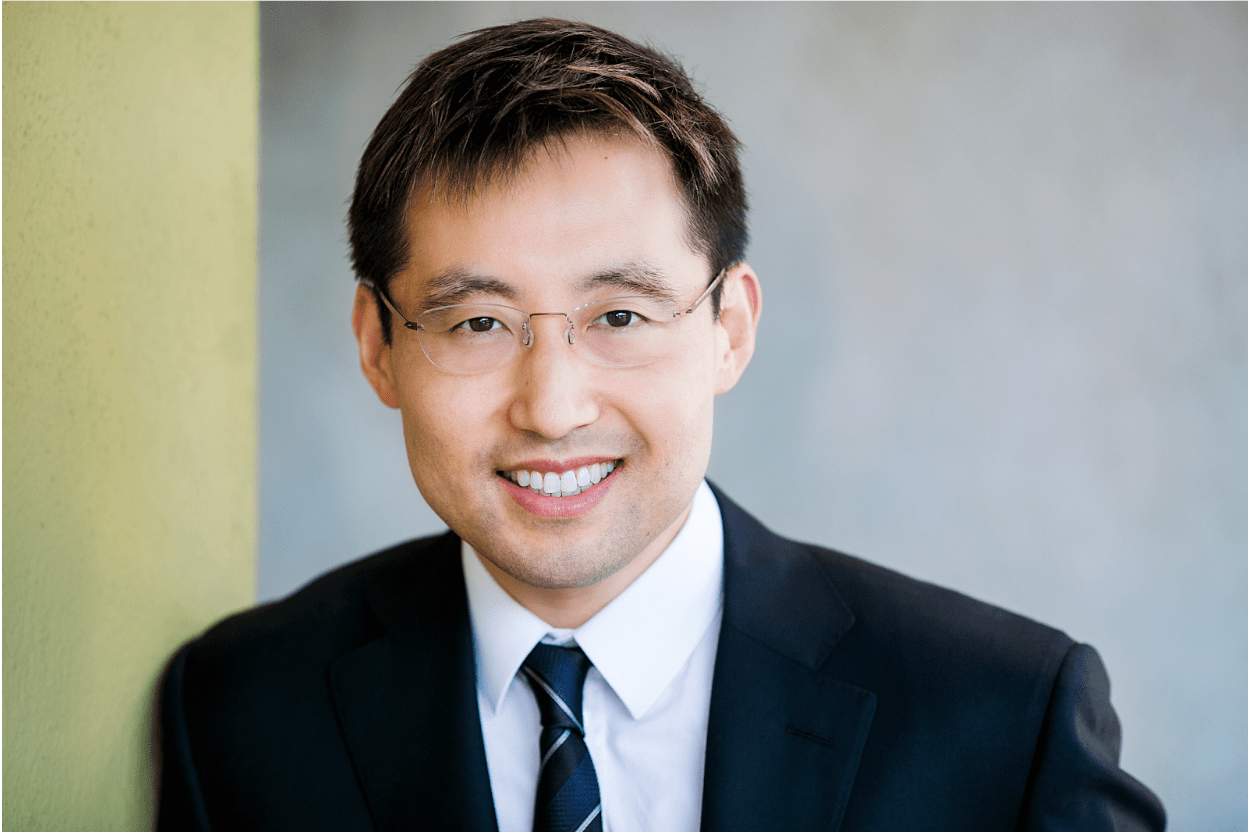For over a century, plastic surgery has been closely associated with the use of general anesthesia, a technique employed to induce unconsciousness during surgical procedures. Yet, despite its inherent drawbacks, this practice has often gone unquestioned.
Regrettably, the correlation between general anesthesia and long-term cognitive decline remains largely unknown to the public. Nevertheless, a viable alternative has emerged, which is now being promoted by the groundbreaking surgeon, Dr. Kenneth Kim. Through his pioneering work in awake surgery Dr. Kim offers a safer option that enhances patient comfort and improves surgical outcomes.
Renowned as a highly esteemed and board-certified plastic and reconstructive surgeon, Dr. Kim has earned global acclaim for his expertise and progressive mindset. His dedication to patient safety and overall well-being has established him as a trailblazer in awake surgery, touting its benefits over traditional general anesthesia.
The dangers of general anesthesia
When a patient is administered general anesthesia, the brain is sedated, placing it into a sleep-like state. As a result, the brain’s response to pain is muted, but neurons continue to fire and generate electrical activity in the nervous system. Due to its sedation, the brain cannot receive or respond to this electrical activity. This causes brain activity to instead continue beyond the conclusion of the surgery, causing pain to linger longer than necessary and prolonging the patient’s recovery time.
An even more significant concern is that general anesthesia can destroy the neurons responsible for memory. While memory loss is sometimes limited to the time directly before and after the surgery, it can sometimes last much longer or become permanent. Memory loss after general anesthesia can happen to anyone, but it is a particular concern for those with advanced age or preexisting cognitive factors. Unfortunately, general anesthesia can instigate or speed up dementia in the long term.
In some cases, general anesthesia can have other detrimental consequences. Unnecessary general anesthesia can result in over-sedation, which slows down the patient’s heart rate and deprives the brain and body of oxygen. General anesthesia can also cause unpleasant side effects, like nausea and constipation, as well as more serious ones, such as blood clots, heart failure, malignant hyperthermia, or even death.
The benefits of awake plastic surgery
During awake surgery, only the area that is being operated on is numbed — rather than the patient’s entire body. This allows the patient to breathe entirely independently instead of through a tube and lets the doctor and patient communicate throughout the process if necessary. While it might seem unnerving to be fully awake on the operating table, a mild sedative is available to relax and calm the patient’s mind, ensuring that the process is comfortable.
Awake breast augmentation
Breast augmentation surgery is an ideal candidate for awake surgery. After breast augmentation under general anesthesia, many patients experience prolonged pain and soreness that may need to be treated with prescription drugs. In contrast, after awake breast augmentation surgery, patients can manage their pain with Tylenol only. Moreover, the pain tends to last less time. After an awake breast augmentation surgery, most patients can walk right out the door.
In addition to decreased pain, awake breast augmentation surgery also yields less bleeding. When general anesthesia is used, sometimes the potential extent of internal bleeding is unnoticeable due to lowered blood pressure from the procedure. However, excessive bleeding can sometimes even occur days after the surgery is over, leading to increased scar tissue. If too much scar tissue exists around the implant, there is a higher risk of capsular contracture, which causes the area around the implant to become hard, misshapen, and potentially painful. Awake surgery minimizes the possibility of such complications.
Awake facelifts
Patients undergoing facelift procedures will also benefit from awake surgery. Most patients would agree that the face is one of the most delicate and defining features of the human body. As such, all surgeries involving the face should be performed with the utmost attention to safety and precision. As with all awake plastic surgeries, awake facelift surgery is safer because patients can breathe on their own, and minimal-to-no bleeding occurs, decreasing the potential for nerve damage.
With only the necessary parts of the face numbed during the procedure, the surgeon can more easily and effectively reposition the facial tissue without fear of complications or blocked vision from bleeding. Without bleeding and negative side effects, the recovery time from facelift surgery is quick and manageable. The result is a more natural and elegant look that patients are consistently satisfied with.
Partaking in any kind of surgery can be scary, so it is important that all patients are informed about their options and the disadvantages and benefits involved with each. Thanks to Dr. Kim’s commitment to patient education and safety, his patients can undergo plastic surgery with heightened confidence and peace of mind.
Bypassing general anesthesia allows patients to recover quickly with less pain, avoid the dangerous risks of general anesthesia, and ultimately achieve their desired results. With his innovative approach, Dr. Kim has set a new standard in the field of plastic surgery, revolutionizing the way it is conducted and redefining the multitude of benefits awake surgery can bestow upon patients.

